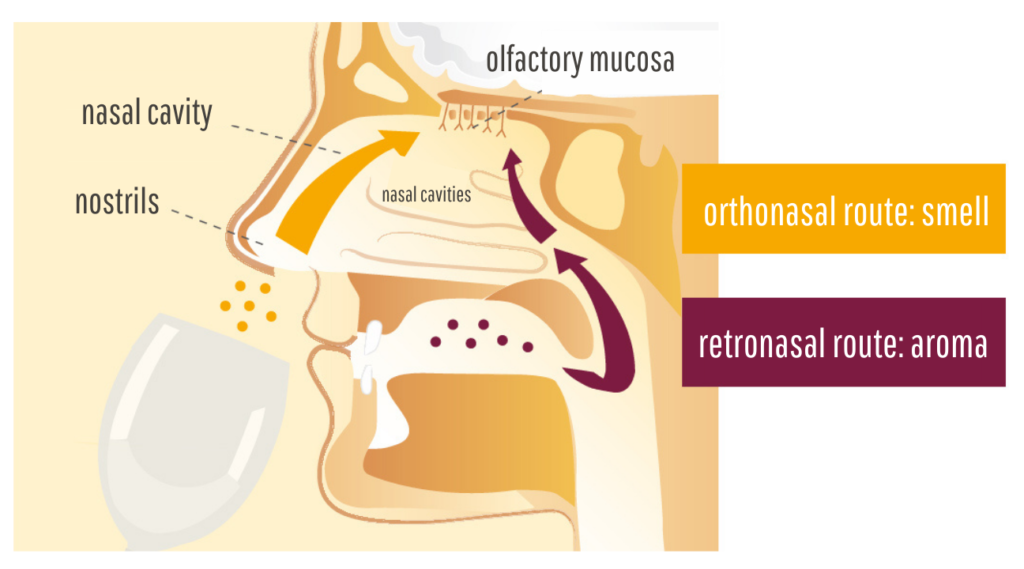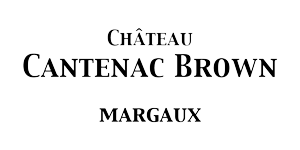Today, the vast majority of professionals have learned to taste wine by a technique called “grumer”. Originally, wine, like any food, was chewed. What does it mean to “grume” wine or to chew it? What is the difference between these two processes?
“Grumer” the wine : definition and method
During a tasting, the term “grumer” in french (no equivalent in English) consists in letting a net of air enter the mouth while creating light air bubbles. When bursting in the mouth, these bubbles release aromatic notes.
Below are the steps to follow to toast your wine:
- Place the wine in front of the lips
- Aspirate the wine, letting it pass between the lips
- Appreciate the odors in the mouth
- Feel the retro-olfaction at the end of the mouth (see diagram)
- Spit out the wine

Chewing wine: definition and method
Before, it was customary to chew the wine during a tasting. What was the point? Chewing wine, like chewing any food, causes salivation. The saliva in contact with the product reveals all its flavors. Indeed, saliva allows the release of flavour and odour molecules which are fixed on the sensory sensors of our mouth, notably the straws. Chewing” is an old term in tasting and refers to the flesh.
Here are the steps to follow to chew your wine well:
- Put the wine in your mouth and let it travel slowly
- Breathe through your nose: this way you will create a bridge between your nose and your mout
Thanks to the saliva, the molecules of the wine will become tasty and odorous and will be fixed on your cheeks.
- Keep the wine in your mouth for 10 to 15 seconds
- Spit out the wine


